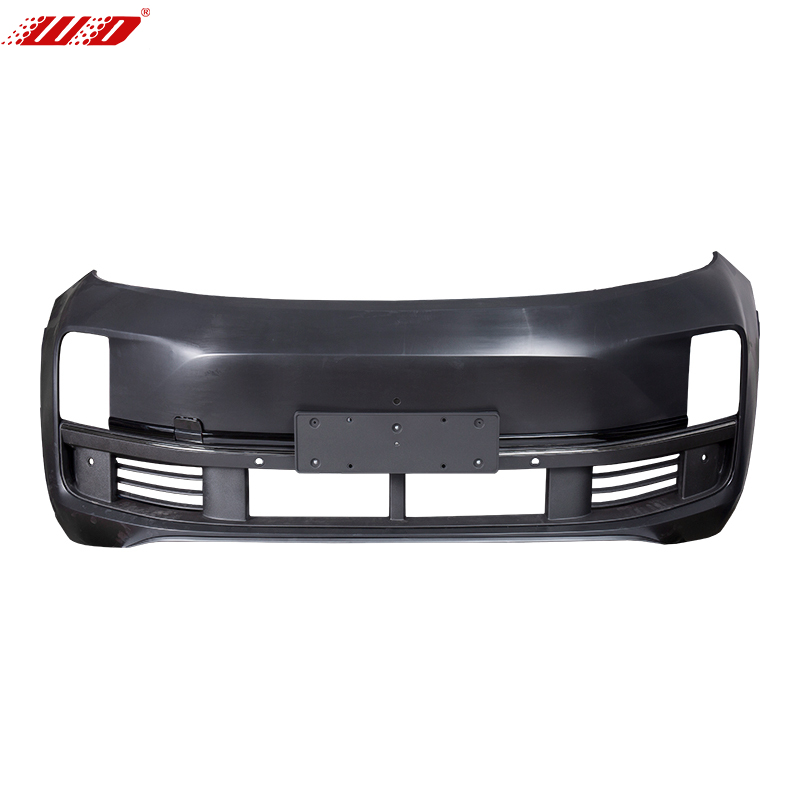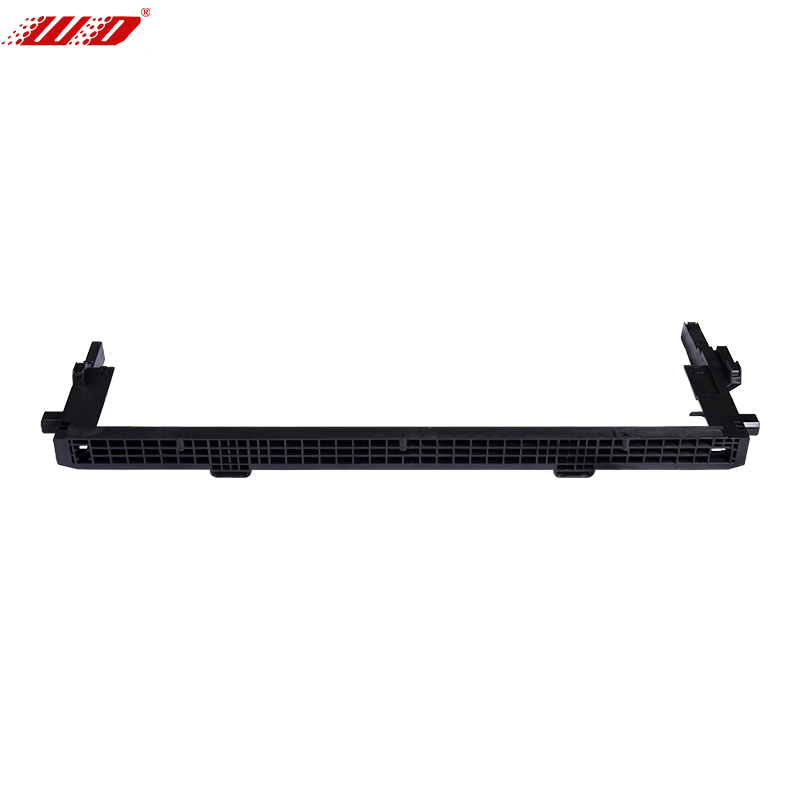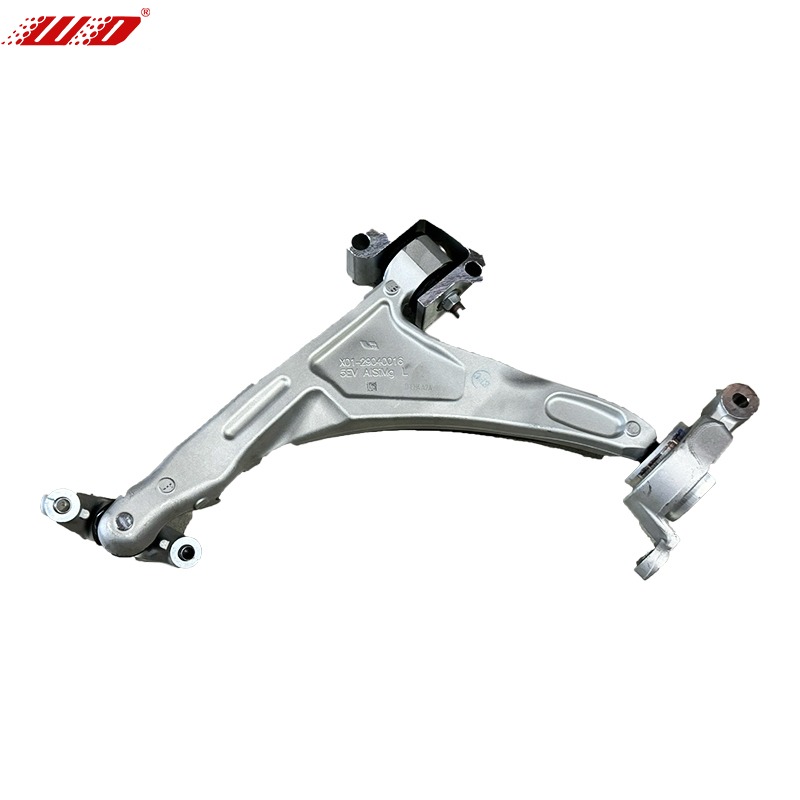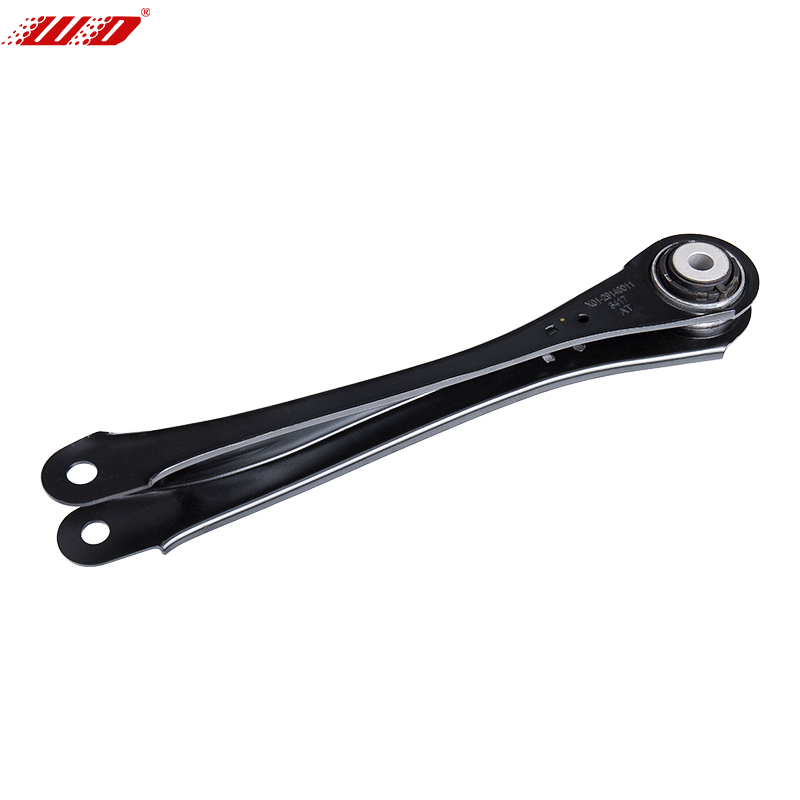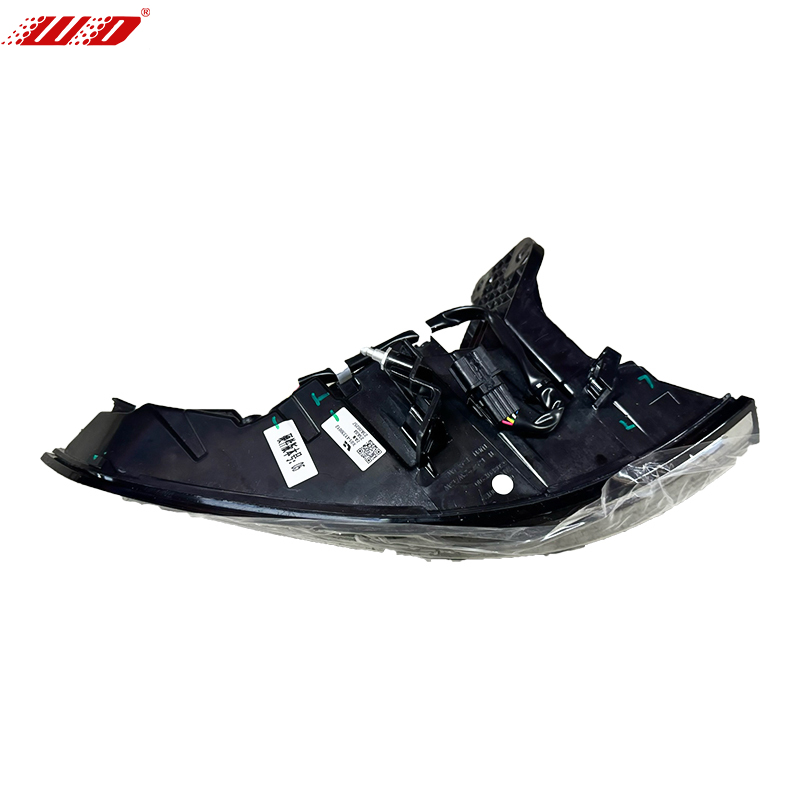The front lower grille is a critical yet often understated component in modern vehicle design, serving as a primary interface between a vehicle’s internal systems and external environment. Positioned below the main bumper grille, it balances conflicting demands: maximizing airflow for cooling, minimizing aerodynamic drag, protecting sensitive components, and contributing to brand identity. As vehicles evolve toward electrification, autonomy, and stricter efficiency standards, the lower grille’s role has expanded to include sensor integration, pedestrian safety, and thermal management for batteries and power electronics.
Core Functions & Design Challenges
| Function | Engineering Challenge | Solution Approach |
|---|---|---|
| Engine Cooling | Optimize airflow to radiators/condensers without drag penalties | Computational Fluid Dynamics (CFD)-guided aperture design |
| Aerodynamics | Reduce Cd (drag coefficient) while managing turbulence | Streamlined vanes, active shutters, air curtains |
| Component Protection | Block debris (rocks, road salt) from damaging coolers | Mesh filters, sacrificial panels, anti-clog fins |
| Pedestrian Safety | Meet EEVC/GTR standards for leg impact energy absorption | Collapsible brackets, frangible materials |
| Aesthetic Branding | Align with OEM design language without compromising function | Texture, color, lighting integration |
| Sensor Integration | Ensure radar/camera visibility without signal distortion | Radar-transparent materials (PP, TPO), open zones |
Key Design Parameters
-
Open Area Ratio (OAR)
-
Definition: Percentage of open space vs. solid structure (typically 30–70%).
-
Trade-off: Higher OAR improves cooling but increases drag/debris ingress.
-
-
Vane Angle & Orientation
-
Horizontal vanes reduce drag; vertical vanes enhance debris deflection.
-
Angled vanes (e.g., 10°–30°) direct airflow to critical components.
-
-
Material Selection
-
Plastics (95% of market):
-
PP/TPO: Low cost, impact-resistant, paintable (OAR-sensitive).
-
PBT/PA (Nylon): High-temperature stability (EV battery cooling).
-
-
Metals (Premium/Luxury):
-
Aluminum (anodized for corrosion resistance), stainless steel mesh.
-
-
-
Structural Integration
-
Mounting to bumper beam via snap-fits, screws, or ultrasonic welding.
-
Sealing against hood/bumper gaps to control air path (e.g., foam gaskets).
-
Manufacturing Processes
| Method | Application | Advantages | Limitations |
|---|---|---|---|
| Injection Molding | High-volume production (thermoplastics) | Complex geometries, low per-unit cost | Tooling expense (>$100k) |
| Extrusion | Metallic mesh inserts | Continuous production, material efficiency | Limited design flexibility |
| Additive Mfg. | Prototyping/low-run custom grilles | Zero tooling, radical designs (lattice) | Cost-prohibitive for volume |
| Photo-Etching | Ultra-fine metallic meshes (e.g., Audi) | Precision patterns, minimal distortion | Fragility, high scrap rate |
Advanced Systems & Emerging Technologies
-
Active Aerodynamics
-
Electrically Actuated Shutters: Close below 50 km/h to reduce drag (e.g., Ford EcoBoost).
-
Dynamic Air Curtains: Channel air around wheels to mitigate turbulence (Toyota TNGA).
-
-
Thermal Management (EV Focus)
-
Dedicated lower grille ducts for battery/charger cooling (e.g., Tesla Cybertruck).
-
PTC heaters behind grilles to prevent snow/ice blockage in cold climates.
-
-
Integrated Lighting
-
LED accent strips within grille vanes (e.g., BMW Iconic Glow).
-
Illuminated brand logos (legal compliance: <75 cd brightness in EU/US).
-
-
Sensor-Friendly Designs
-
Radar-transparent zones (no metal/metalized coatings near sensors).
-
Self-cleaning coatings (hydrophobic polymers) for cameras/LiDAR.
-
Regulatory & Safety Compliance
-
Pedestrian Protection:
-
EEVC WG17: Limits legform impact force (<7.5 kN knee bending, <6 kN shear).
-
Solutions: Energy-absorbing foam backing, breakaway grille frames.
-
-
Aerodynamic Noise:
-
ISO 362-1: Grille-induced wind noise must not exceed 70 dB at 130 km/h.
-
Mitigation: Serrated vane edges, asymmetric aperture patterning.
-
-
Material Flammability:
-
FMVSS 302: Grilles must self-extinguish within 100 mm/min.
-
Case Study: Electrification Impact
Problem: EVs lack engine heat but generate significant waste heat from:
-
Batteries (fast-charging → 60+°C coolant temps)
-
Power inverters (SiC/GaN semiconductors → 150°C+).
Solution: -
Dedicated lower grille ducts with 40–50% OAR for battery cooling.
-
Thermally conductive polymer grilles (e.g., Sabic LNP Thermocomp) to manage heat near sensors.
Future Trends (2025–2030)
-
Multifunctional Surfaces:
-
Solar cells embedded in grille surfaces (Hyundai’s solar roof tech).
-
HEPA filtration for cabin air intake (Tesla Bioweapon Defense Mode).
-
-
Adaptive Morphology:
-
Shape-memory alloys/polymers that change aperture size based on temperature/speed.
-
-
Sustainable Materials:
-
Bio-based polymers (e.g., Ford’s olive tree fiber composites).
-
Recyclable mono-material designs (PP grille + PP mounting clips).
-
The front lower grille exemplifies automotive engineering’s evolution from a passive vent to an intelligent, multi-domain system. Its design now directly impacts vehicle efficiency (0.01–0.03 Cd reduction), safety (pedestrian impact scores), and electrification readiness (battery thermal margins). As autonomy and electrification advance, expect lower grilles to incorporate more sensors, active aerodynamic elements, and sustainability-driven materials—all while maintaining the aesthetic signature demanded by brands. For engineers, optimizing this component requires cross-disciplinary mastery of fluid dynamics, material science, regulatory frameworks, and manufacturing economics.


 English
English русский
русский Español
Español
